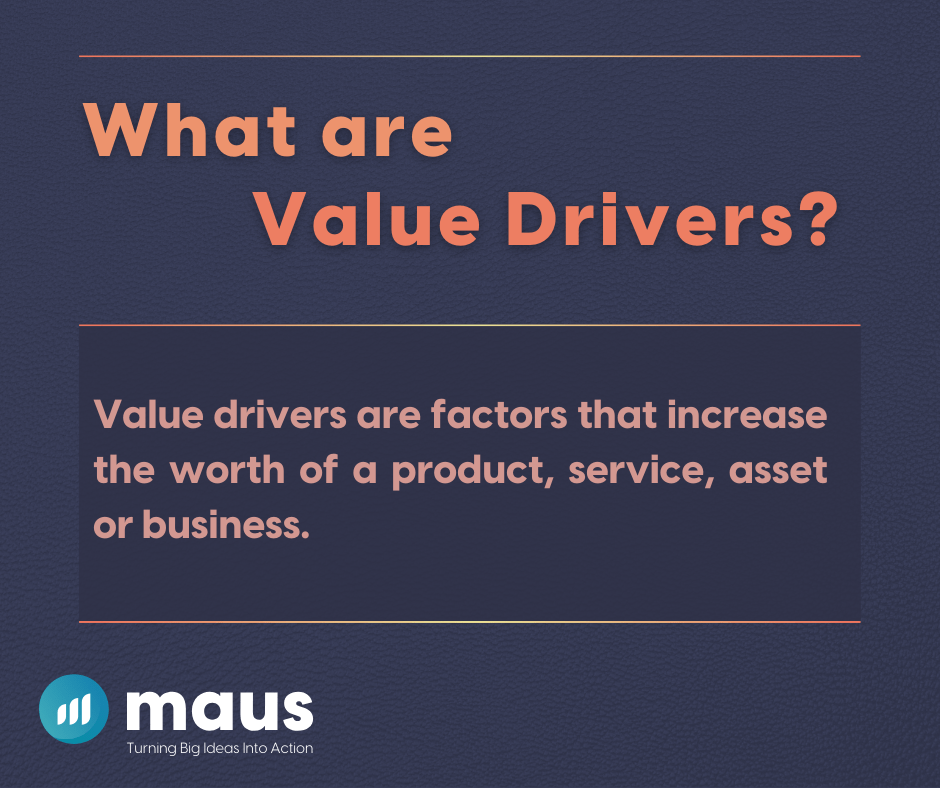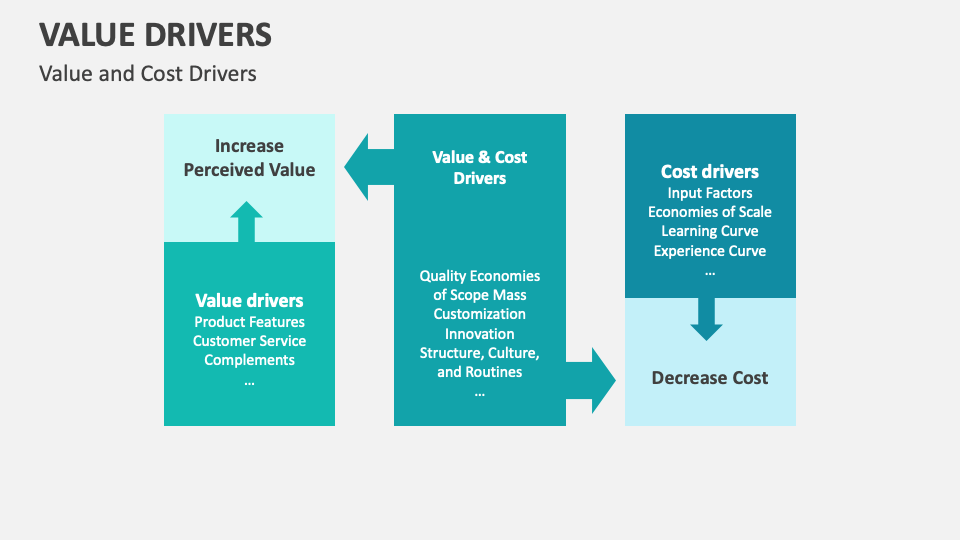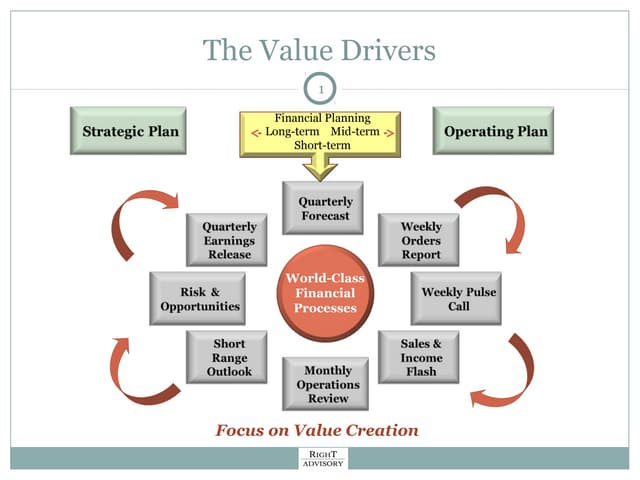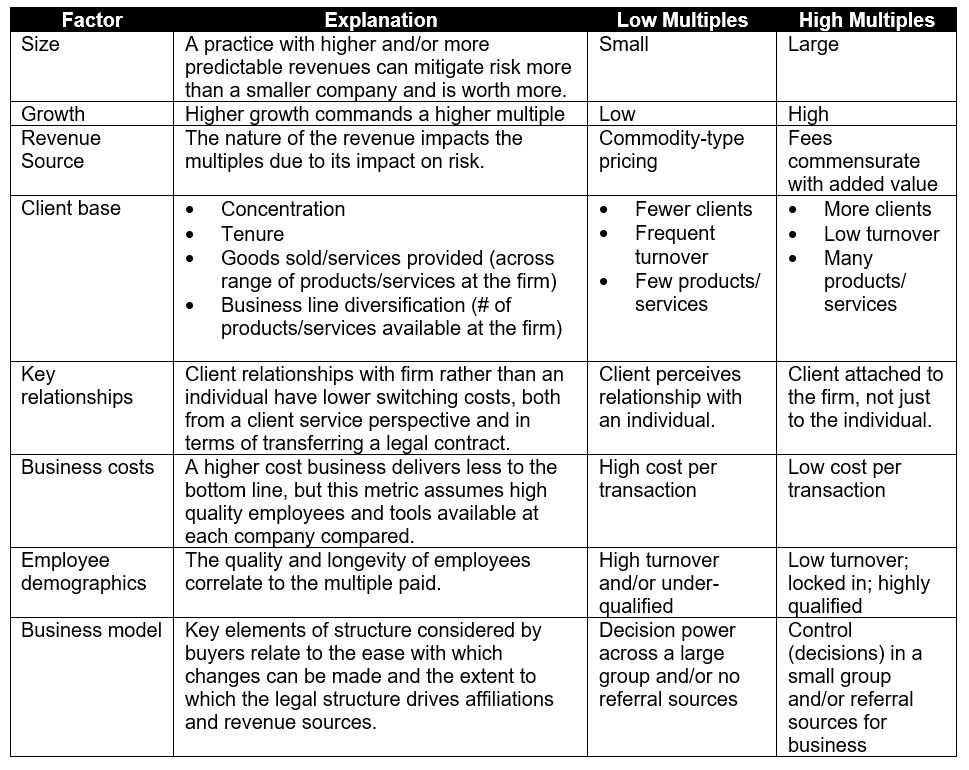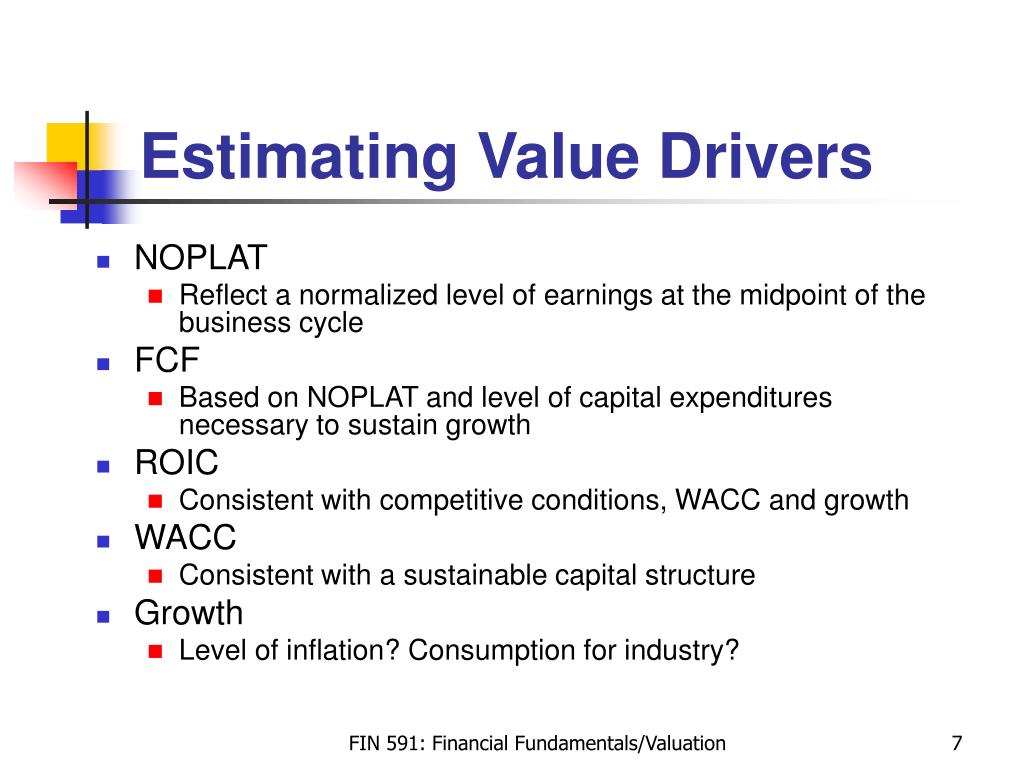Which Of The Following Is Primarily A Value Driver
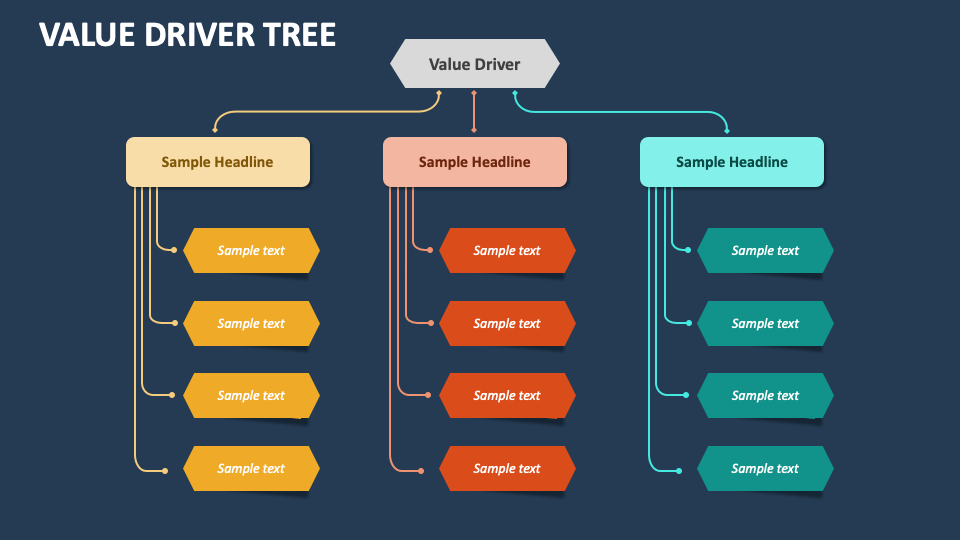
In the realm of business strategy, understanding what truly drives value is paramount. Identifying the core elements that contribute to a company's success is essential for making informed decisions and achieving sustainable growth.
The question of which factors primarily drive value is a complex one, debated among academics and practitioners alike. While various elements can influence a company's performance, certain key drivers consistently emerge as critical determinants of long-term success.
Defining Value Drivers
Value drivers are the fundamental factors that influence a company's ability to generate profits, increase market share, and enhance shareholder value. These drivers can be categorized in several ways, but they generally fall into areas such as revenue growth, cost efficiency, asset utilization, and risk management. Understanding these areas helps businesses thrive.
The identification and prioritization of value drivers depend on the specific industry, competitive landscape, and strategic goals of the organization. Different drivers may be more relevant in different contexts, requiring a tailored approach to value creation.
Key Value Drivers and Their Impact
Revenue Growth: A primary value driver is the ability to consistently grow revenue. This can be achieved through various strategies, including market expansion, product innovation, and enhanced customer acquisition and retention efforts.
Effective marketing strategies, strong brand reputation, and a compelling value proposition are essential for driving revenue growth. Businesses focus on this to increase their market share.
Cost Efficiency: Controlling costs and improving operational efficiency are also crucial value drivers. Efficient operations can significantly enhance profitability and create a competitive advantage.
Streamlining processes, leveraging technology, and optimizing resource allocation can all contribute to cost reduction. The right technology can reduce operational costs.
Asset Utilization: Optimizing the use of assets, such as property, plant, and equipment, is another important value driver. Efficient asset utilization improves return on investment and enhances overall financial performance.
Effective asset management practices, including maintenance, depreciation, and disposal strategies, are essential for maximizing asset value. Careful management is key to protecting asset value.
Risk Management: Effectively managing risks, both internal and external, is also a critical value driver. Mitigating risks can protect a company's reputation, financial stability, and long-term sustainability.
Robust risk management frameworks, including risk identification, assessment, and mitigation strategies, are crucial for minimizing potential losses. Mitigating risk is key to protecting reputation.
The Importance of a Holistic Approach
While each of these value drivers is important in its own right, it is crucial to recognize that they are interconnected and interdependent. A holistic approach that considers all value drivers is essential for achieving sustainable success. The most effective approach is to combine efforts.
Companies that focus solely on one or two value drivers may neglect other important areas, leading to sub-optimal performance. A balanced and integrated approach ensures that all aspects of the business are aligned towards value creation. A balanced approach is always the most effective.
Ultimately, the primary value driver is the ability to create and sustain a competitive advantage. This requires a deep understanding of the market, the competition, and the company's own capabilities.
By focusing on the key value drivers discussed above and adopting a holistic approach, companies can position themselves for long-term success. Understanding a company's capabilities is important.
In conclusion, while specific drivers may vary based on context, the core elements of revenue growth, cost efficiency, asset utilization, and risk management consistently emerge as critical factors in driving value. Successfully navigating these factors leads to success.

